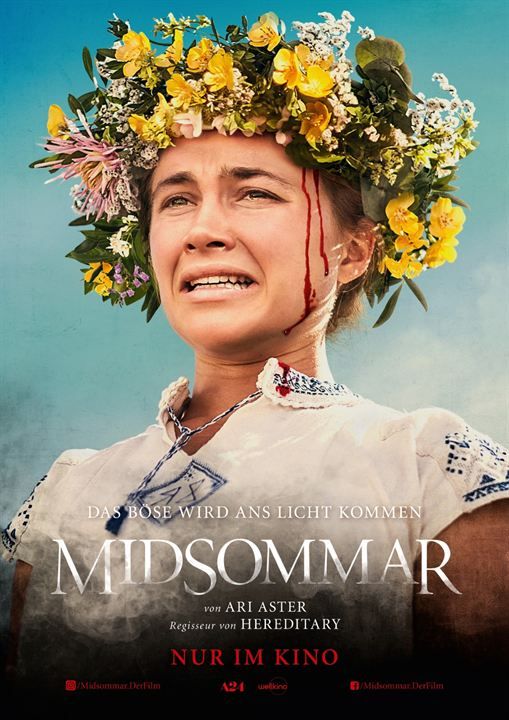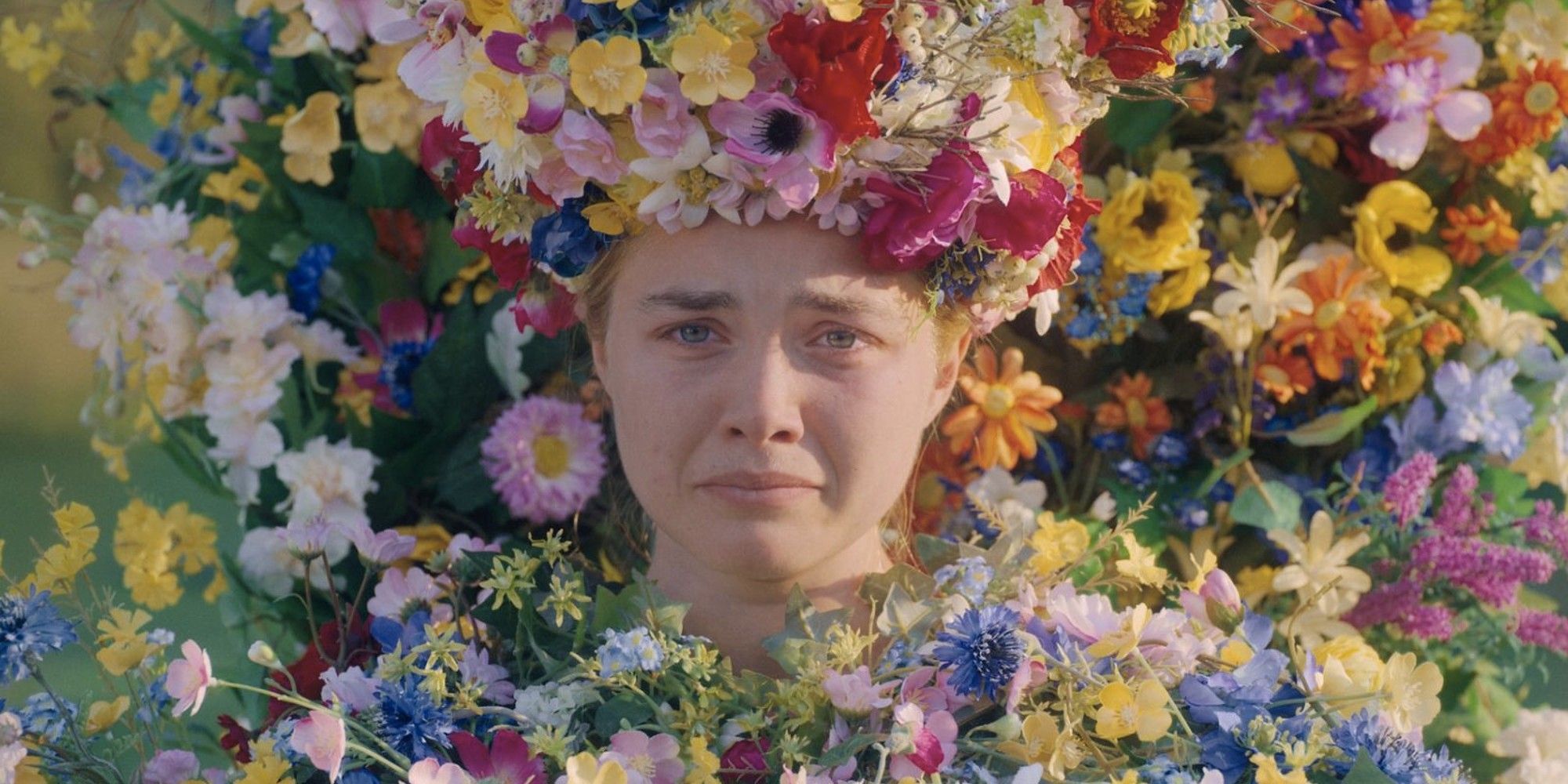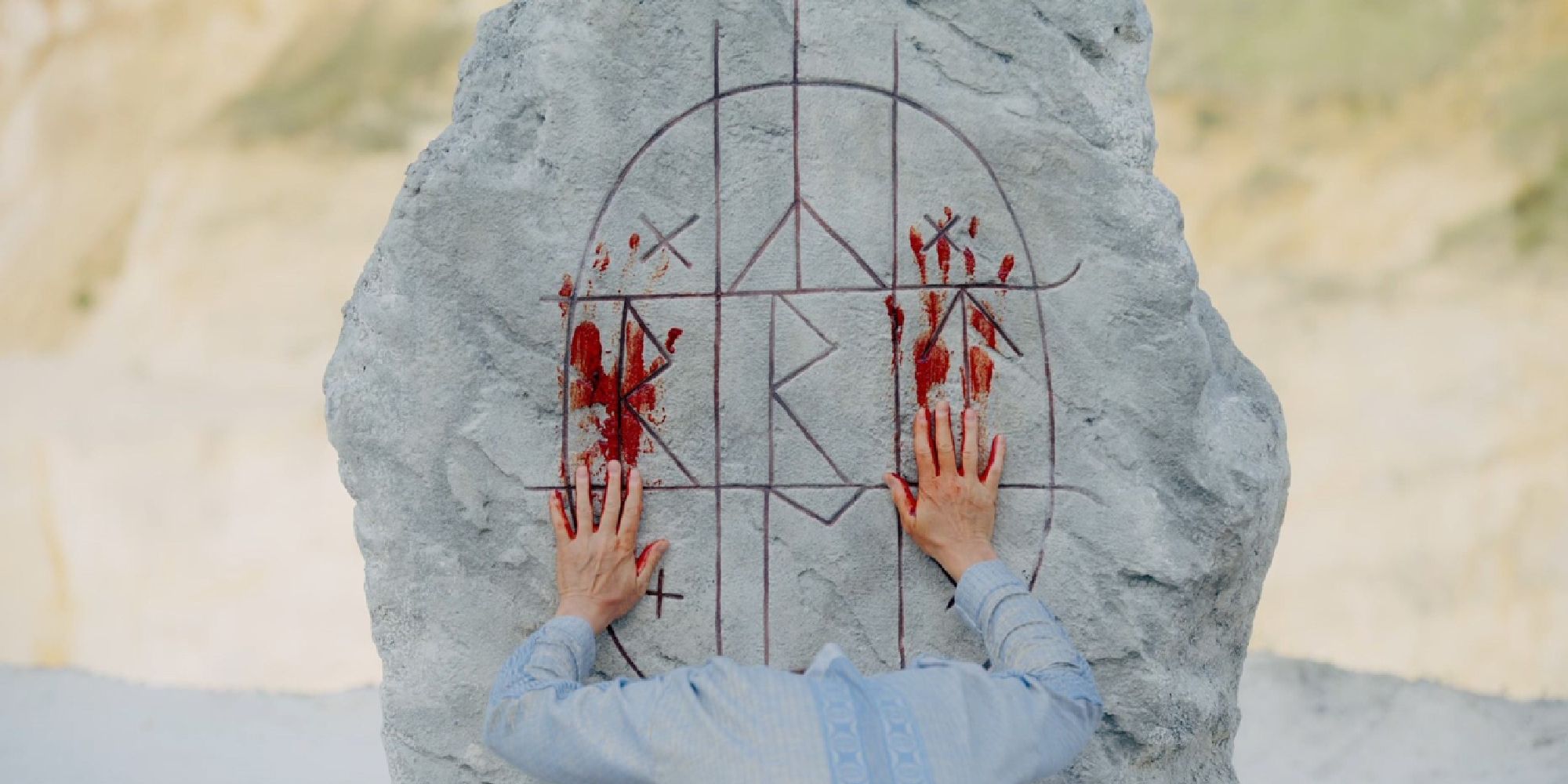The Big Picture
- Ari Aster is a highly inventive horror filmmaker known for his lurid imagery and emotional realism.
- Midsommar, inspired by a real Swedish holiday festival, explores the horrifying aspects of the human experience.
- The film draws from real traditions of the Midsummer Festival but adds horror elements and revolves around the breakup of a toxic relationship.
While the past decade has seen the emergence of many great horror filmmakers, Ari Aster immediately established himself as one of the genre’s most inventive storytellers. While Aster’s knack for creating lurid imagery is unparalleled, it’s the element of emotional realism that makes his works truly haunting. Instead of relying on jump scares and clichés, Aster examines the complex, and usually horrifying aspects of the human experience that can be challenging to even think about, let alone live through. While much of this brilliance can be attributed to his imagination, Aster is certainly a product of his influences. In addition to films like The Wizard of Oz and The Wicker Man, Aster’s 2019 horror film Midsommar was inspired by a real Swedish holiday festival.

Midsommar
A couple travels to Northern Europe to visit a rural hometown’s fabled Swedish mid-summer festival. What begins as an idyllic retreat quickly devolves into an increasingly violent and bizarre competition at the hands of a pagan cult.
- Release Date
- July 3, 2019
- Director
- Ari Aster
- Runtime
- 140
- Main Genre
- Horror
- Writers
- Ari Aster
- Tagline
- Let the festivities begin.
Is the Cult in ‘Midsommar’ Real?
Midsommar centers on American student Dani (Florence Pugh), who has retreated into a path of isolation following the recent murder-suicide of her mentally ill sister and her parents. Although her neglectful boyfriend, Christian (Jack Reynor), refuses to give her any real support during this traumatic time, Dani decides to join him and his friends Mark (Will Poulter) and Josh (William Jackson Harper) as they travel with their Swedish friend Pelle (Vilhelm Blomgren) to celebrate a summer holiday in his village. Although Midsommar takes a turn for the horrific once the unsuspecting American students start playing with powers they don’t understand, the film depicts elements of the actual Swedish Midsummer Festival that are still honored today. Aster spent extensive time researching the various traditions, activities, and legends that make up the eponymous celebration.
In Midsommar, Pelle is from the fictional village of the Hårga, an isolated community in the rural Hälsingland region of Sweden. Pelle invites his friends to join in the celebration of the midsummer festival, which only occurs once every 90 years; it becomes a once-in-a-lifetime opportunity for Christian to develop the premise of his thesis on cultural festivals. While the film reveals that Pelle’s community is part of a ritualistic cult that demands blood sacrifices, the real Midsummer’s Eve festival is an annual holiday that celebrates the passing of the seasons and shows reverence for nature. The festival begins each year on Midsummer’s Eve, one of the longest days of the year, in celebration of the summer solstice.

Where To Watch and Stream the ‘Midsommar’ Director’s Cut
The film is headed back to theaters!
While Midsommar draws heavily from real traditions, Aster took creative license when adding horror elements to the story. Aster revealed that he was “pulling from a lot of different spiritual movements that have nothing to do, in many cases, with even Sweden.” While the setting provides context for the traditions that are depicted, Aster was more interested in exploring how willing American students are to assimilate into a different culture, even if they do not understand their originns. Some have interpreted Midsommar as a warning about white supremacy, as Dani begins to find comfort in an idyllic community that protects itself through violence.
What Traditions Are Shown in ‘Midsommar?’
Although its origins can be traced to the 4th-century celebration of John the Baptist’s birth, the Midsummer Festival is not specifically a religious ceremony. However, Midsommar recreates many of the traditions within the real festival, including wearing “peasant clothing,” adorning the community with flowers, and dancing around a traditional Maypole. While these activities are rather innocent and are meant to reflect a childlike celebration of the summer season, Aster inverts these traditions to create a terrifying story about the breaking of a social contract; as Dani feels more neglected by Christian, she finds herself accepted by the enigmatic community that encourages her to be independent.
The crowning of a “May Queen” is essential within the Midsummer Festival, as the young woman chosen to represent the community is tasked with ensuring a successful harvest. Flowers are grown and shaped into crowns to preserve their magic; they are worn by young girls to protect their innocence before they are eventually married. In some festivals, young women place flowers under their pillows to have visions of their future relationships. These flowers represent the power that these girls have to cast a love spell on their potential future husband. Aster inverts these traditions in a darker way in Midsommar when the Swedish girl Maja (Isabelle Grill) casts a love spell on Christian, forcing him to fall in love with her. Dani’s heartbreak and rage in the aftermath inspire her to sacrifice Christian in the film’s now iconic ending.
While there’s nothing malevolent about the actual celebrations that the film draws inspiration from, Midsommar serves as a warning about the perils of impeding upon tradition. Mark is tricked and skinned by members of the community after urinating on a sacred artifact, which is seen as a direct insult to the Swedish ancestors; similarly, Josh is murdered after trying to take photographic evidence of ancient texts to contribute to his thesis. Like many international folk horror films, Midsommar explores the consequences of disrespecting traditions held sacred by a community.
The Dark Myth That Inspired ‘Midsommar’
Beyond its connection to a legitimate holiday celebration, Midsommar was also inspired by a real Swedish myth about the “dark one.” At the end of the film, Dani is told by an elder member of the community that the dancing ceremony is performed to protect them from a “dark one” with malevolent intentions. In actuality, this is based on the real North Swedish location of Hårga, which is associated with the disturbing “Hårgalåten” folk song. The song tells a mythic story about how the devil, disguised as a fiddler, deceives the town’s inhabitants to literally dance to their death. While Satan isn’t seen on screen in Midsommar, Dani is crowned as the May Queen in what feels like a Pagan tradition.
Although the allusions to real-world activities helped flesh out Aster’s unique worldbuilding, Midsommar is successful because it’s really a breakup movie. The film explores how Dani’s fear and grief transform into empowerment as she learns that Christian isn’t worthy of her, and finds acceptance within the strange ritualistic community. Aster’s excellent extended cut of the film goes even deeper into their relationship, exploring how their history of conflict becomes exacerbated once they reach the strange Swedish community.
Midsommar is available to watch on Prime Video in the U.S.


